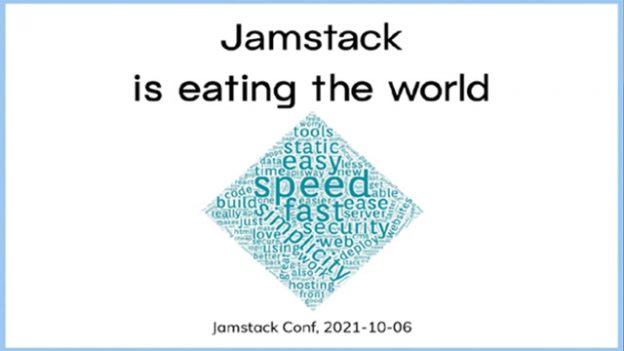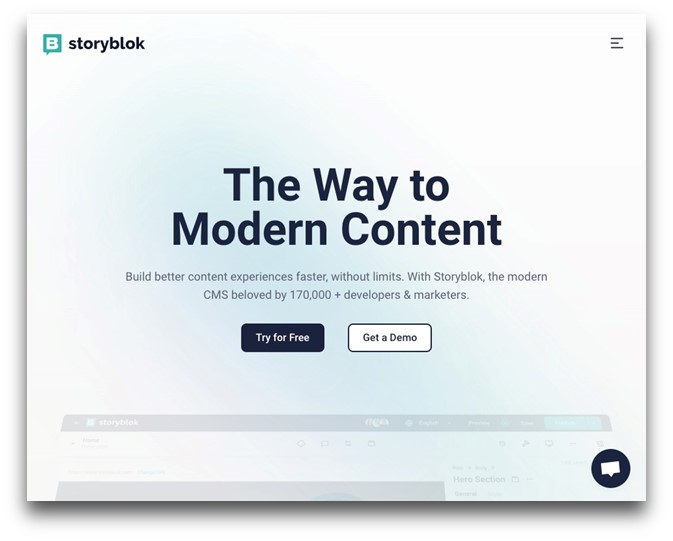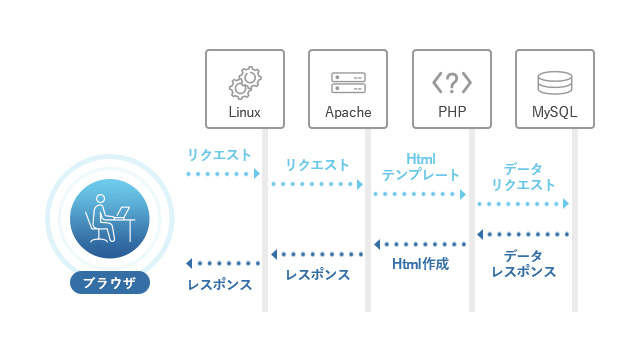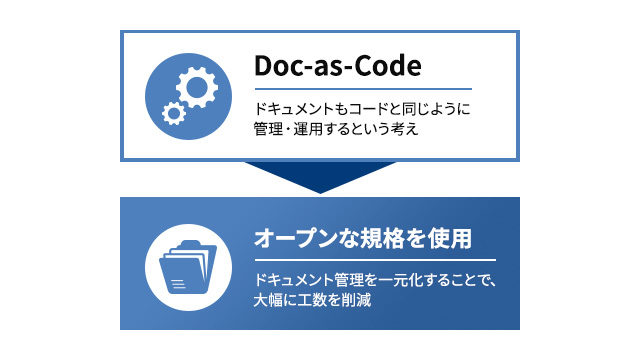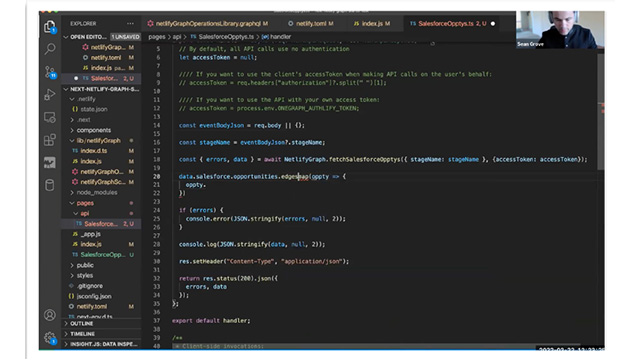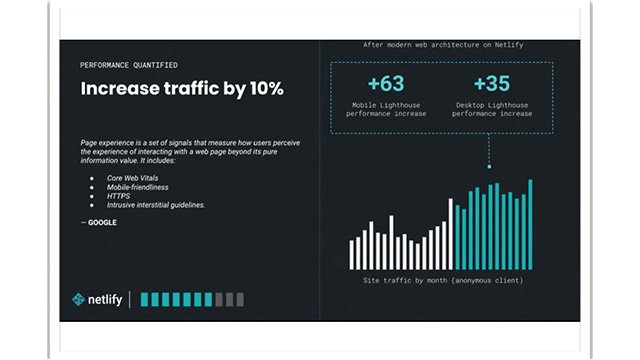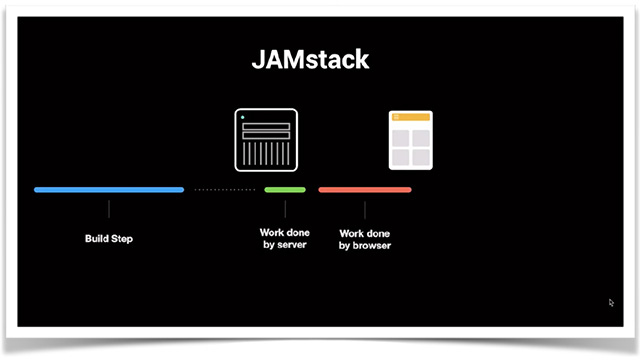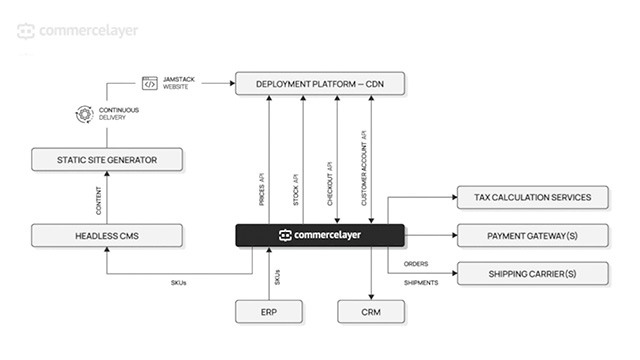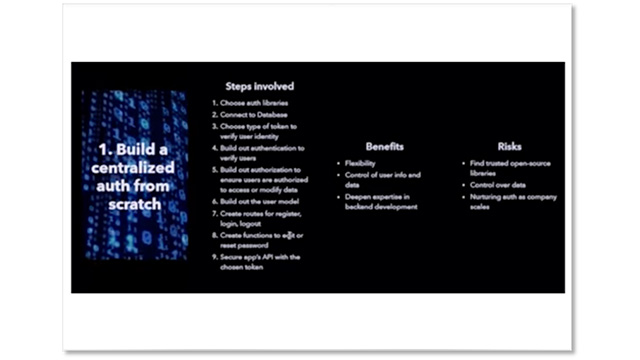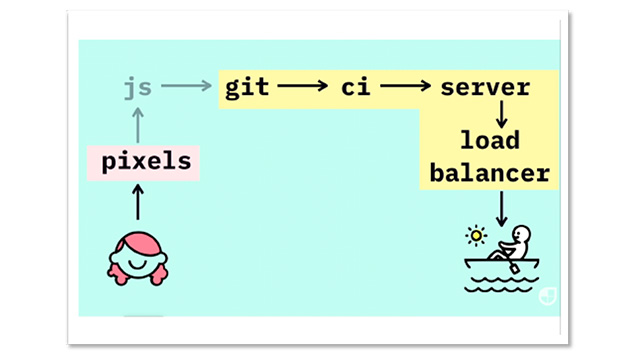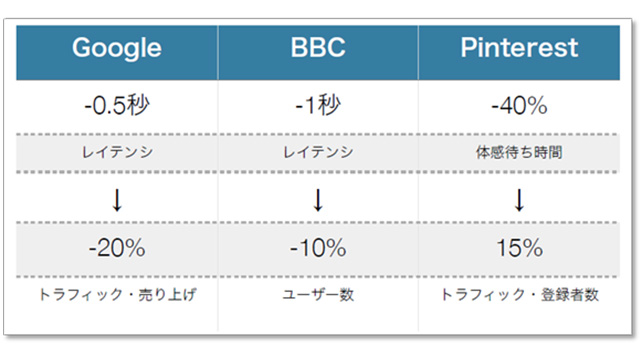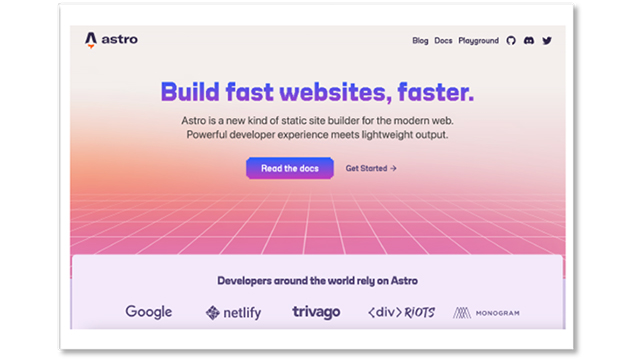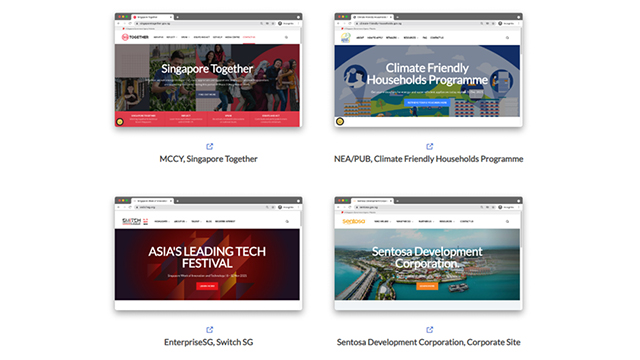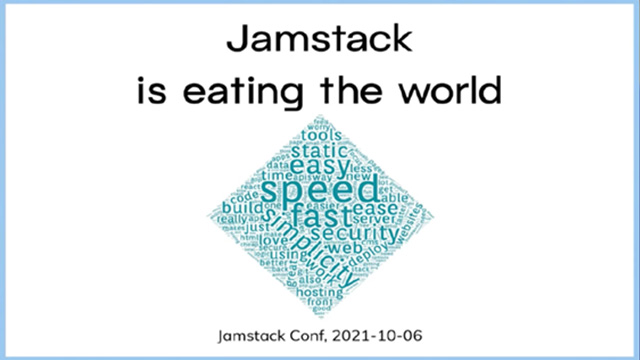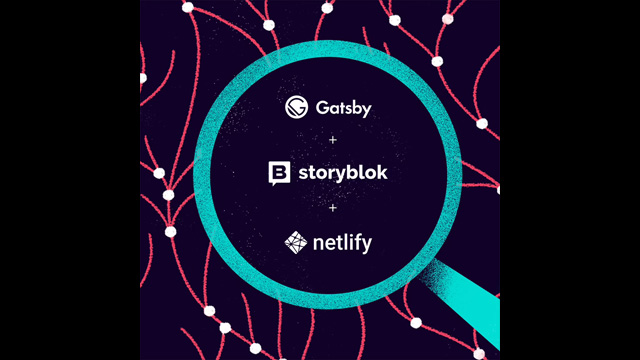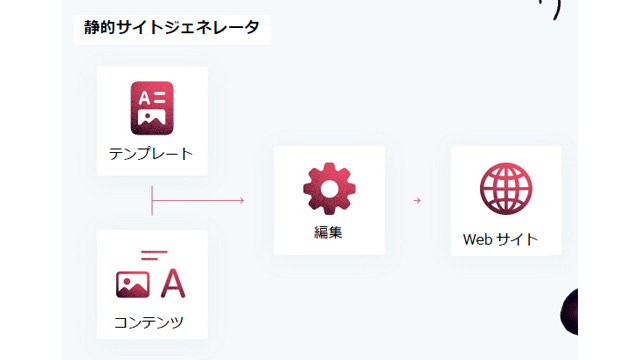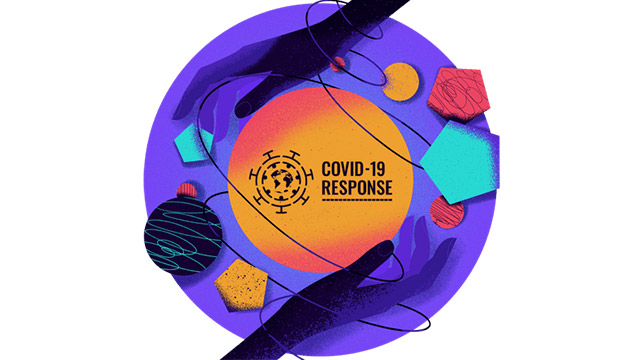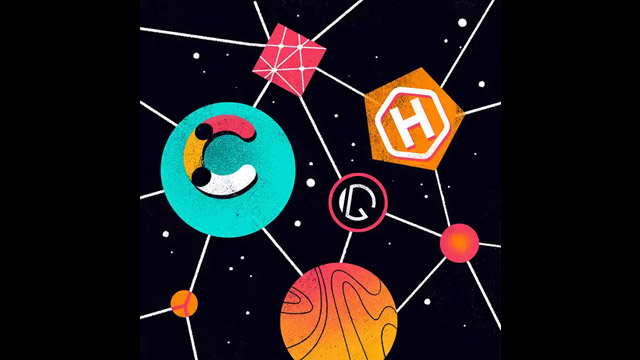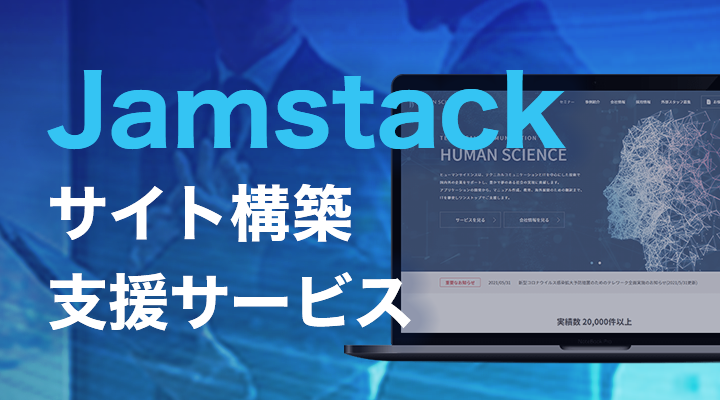This time, we will introduce the content of "Jamstack is eating the world" from the presentation held at the "Jamstack Conference 2021"!
The "Jamstack Conference" has a history of over 10 years and is hosted by Netlify, the cloud computing company that created Jamstack. Developers from around the world gather to discuss the design and development of the latest websites based on the Jamstack concept. The presentations are in English, but this blog will introduce them in Japanese. Jamstack is still not very well known in Japan. We hope that everyone in Japan can feel closer to Jamstack.
The presenter is Mr. Rory Voss, a data scientist at Netlify. He conducted a survey among people involved with Jamstack and shared the responses and analysis results. The same survey was conducted in 2020, and we should pay attention to the trends that emerge from the comparison with 2021!
By the way, the title of this presentation is "Jamstack is eating the world." You may have noticed that it echoes the title of the famous article "software is eating the world" published by engineer and investor Marc Andreessen in the Wall Street Journal in 2011. In other words, Laurie Voss is boldly declaring in the title that "everything in the web world will be replaced by Jamstack."
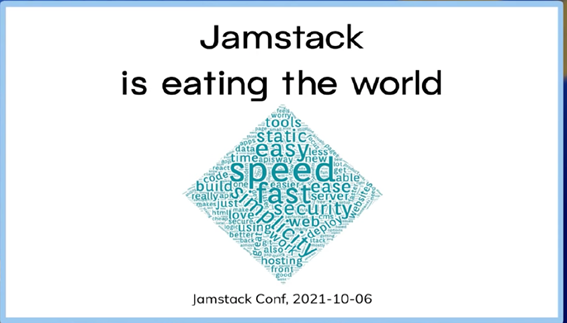
- Table of Contents
1. People Involved in Jamstack
First, what is clearly noticeable compared to 2020 is that the percentage of "students" has dramatically increased from 9% to 16%, and the percentage of those with "less than 1 year of experience" has risen from 4% to 13%. Additionally, there has been an increase in responses from those with less experience stating that they have "lost their jobs in the past year." From this,
●The number of people involved in Jamstack as part of vocational training is increasing.
●In education at universities and other institutions, the Jamstack approach is being increasingly adopted as a standard.
It can be understood that.
2. What to create with Jamstack
What is also interesting is the change in the types of sites created using Jamstack.
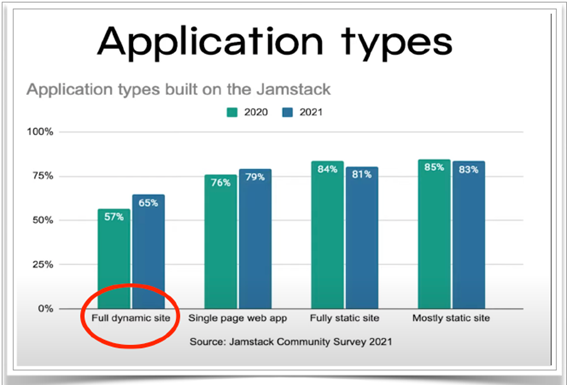
The usage rate of Jamstack on dynamic pages has increased from 57% last year to 65%! While Jamstack is often recognized as a tool for creating static pages, it is becoming clear that it is being used for all types of site development. In other words, the technical scope of what can be done with Jamstack is definitely expanding.
Now, let's take a look at the trends in the web world surrounding Jamstack. Before that, are you all familiar with "CS"?
3. What is the Satisfaction Coefficient?
CS (Satisfaction Score), also known as "Customer Satisfaction." It is a numerical indicator that quantifies how much the evaluation after using a product or service exceeds (or falls short of) the expectations that customers have before use. A score of 1 or above indicates satisfaction, while a score below 1 indicates dissatisfaction.
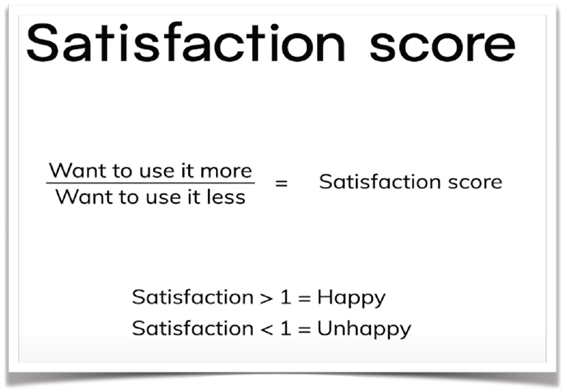
4. Comparison of CMS
Here are the CS metrics revealed from the survey about CMS (Content Management System).
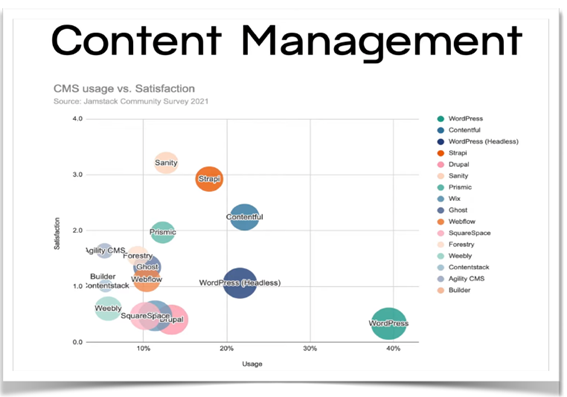
The vertical axis represents the satisfaction coefficient (1 or above indicates satisfaction, below 1 indicates dissatisfaction), while the horizontal axis represents the usage ratio. Despite WordPress having an overwhelmingly high usage rate, its satisfaction coefficient is almost the lowest. However, it seems that many developers feel satisfied when using WordPress in a headless manner.
Additionally, it is clear that emerging services such as Sanity and Strapi have very high satisfaction levels, while Contentful has both high usage and satisfaction rates.
So, can we simply conclude that emerging services are superior?
Next, we compared the survey results from 2020 and 2021.
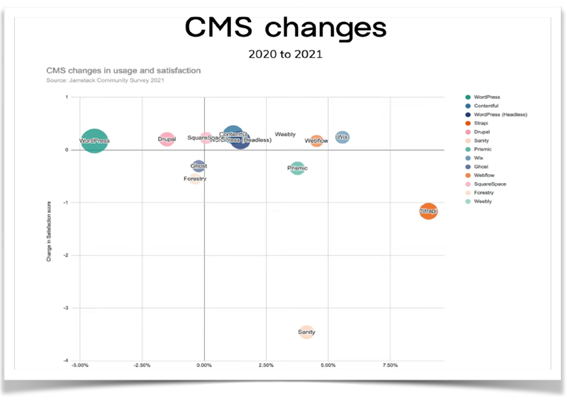
The vertical axis shows the change in satisfaction coefficient, while the horizontal axis shows the trend in usage rate. Looking to the left, we can see that the usage rate of WordPress is decreasing. Furthermore, if we look to the right or down, we can also see that the satisfaction coefficients of Sanity and Strapi, which have an increasing usage rate, are decreasing.
The first users of emerging services are likely early adopters—those who are sensitive to trends, gather information on their own, and take action. They use these services with a good understanding of their characteristics and strengths. Therefore, there is a tendency for the satisfaction coefficient to be very high immediately after the service is launched.
However, as the number of users of the service increases, what happens? There will be differences in the knowledge and skill levels of the users. As more people have thoughts like, "It's different from what I expected" or "I can't do that," the satisfaction coefficient temporarily decreases over time.
5. The Rise of TypeScript
Considering these trends, we can see certain changes occurring in programming languages!
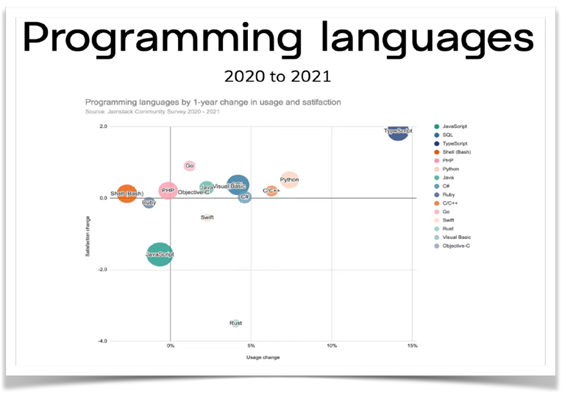
With the changes in usage rates and satisfaction coefficients, it is clear that TypeScript is scoring high. This is an unexpected situation based on the previous trends... TypeScript is sure to play a central role in future web development.
6. High Ratings Inherited from React to Next.js
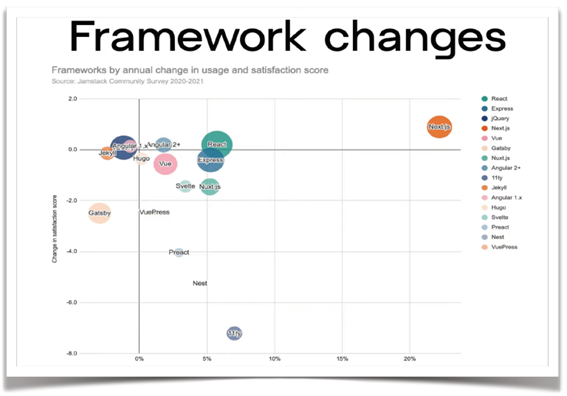
How about the framework? As can be seen from the graph above, Next.js stands out in evaluation. It maintains a high level that defies the trend of "satisfaction levels decreasing as the user base increases"!
Don't overlook Next.js, which is built on top of React. Isn't it surprising that React, a framework that has been around for over 10 years, is still among the top in satisfaction ratings? Considering that the typical lifespan of a framework is about 5 years, it is clear that React is supported by a solid user base and continues to be highly regarded.
Here, Mr. Rory Voss states, "Isn't React taking on the role that jQuery once played?" Since jQuery emerged 15 years ago, the way presentations are made on the web has changed significantly. However, it has now reached its limits, and the satisfaction factor is at its lowest rank. On the other hand, jQuery has gained the status of a web standard, being included as a standard feature in browsers. React is recognized as one of the optimal solutions for web presentations in the current generation.
7. Summary
Finally, I will summarize the content of the presentation!
●Growth
All indicators show that Jamstack is growing. The usage rate among students, the increase in sites utilizing Jamstack, the reputation among developers... Now, Jamstack users are on the rise around the world. The more widespread the use of Jamstack becomes, the more that technology will grow rapidly.
●Richening of Applications
The possibilities with Jamstack are definitely increasing. With the rise of server-side services, it may not be long before Jamstack emerges as a viable option for dynamic pages and web applications with rich features, not just static pages.
●Ubiquitization
Jamstack, which supports sites for all devices, not just PCs. Now, Jamstack is seamlessly integrating into websites across all fields. In the future, the distinction between traditional websites and Jamstack sites will become increasingly blurred, and eventually, they may no longer be distinguished at all. In other words, "Jamstack is eating the world!"
This concludes our presentation introduction. How did you find it? The analysis of the growth of Jamstack based on numbers is quite convincing, isn't it? When you understand the future potential of Jamstack based on such solid data and analysis, doesn't it make you want to try it even if you weren't interested before? If you are an engineer, you surely know how challenging it can be to deal with frameworks that have an expiration date. Instead of fading technologies, let's embrace emerging technologies. Isn't it time to choose Jamstack?
Thank you for reading until the end.
Human Science Co., Ltd. provides solutions for web content and platforms using a unique combination of "document production know-how" and "the latest web development technology (Jamstack)" that is not available from other companies.
If you are interested, please feel free to contact us here!
Human Science Co., Ltd.
https://www.science.co.jp/document/jamstack.html
Source of this document:
https://www.youtube.com/watch?v=zjSazFE6Cbs&list=PL58Wk5g77lF-XaNacKxWk7yOKgeCMveAS&index=3&t=18s

